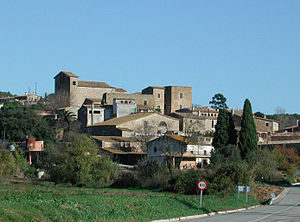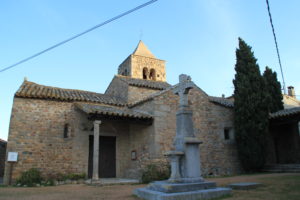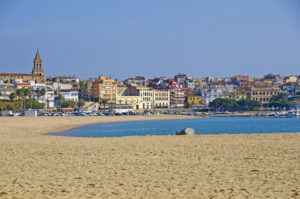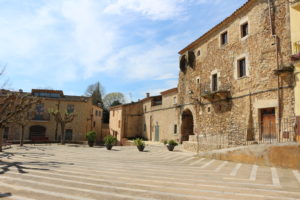Bellcaire d’Empordà
-
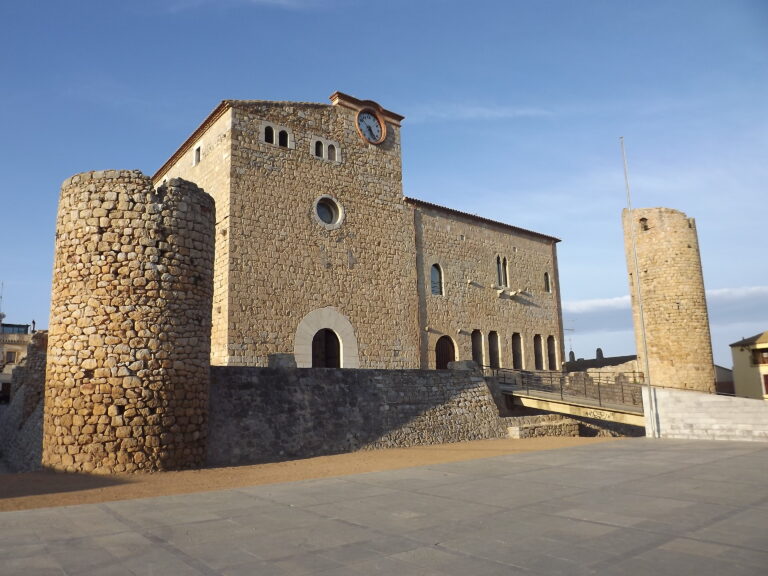
Photo: Ajuntament de Bellcaire d’Empordà
Bellcaire d’Empordà, with around 700 inhabitants, is situated at the top of a hill, dominating the plain that was once an enormous lake. Bellcaire’s lake was drained in the middle of the 18th century so the land could be used for growing crops and to help eradicate malaria, which was endemic. Its name used to be Bedenga, as appears in a papal bull by Silvester II from 1002 that mentions the parish of “Sancti Iohannis que est in Bedenga”.The Romanesque church of Sant Joan de Bedenga preserves a variety of traces of different eras and styles, principally early Christian, pre-Romanesque, Romanesque and Gothic.
Bellcaire conserves at its peak the castle–palace, the work of the count of Empúries, Ponç V (1277–1313), who lived and is possibly buried there. His son, Malgaulí, the last count of the first dynasty of Empúries, also lived there The construction of this fortress caused discord with King James II, as at the time only the king was permitted to build new fortifications. The name Bellcaire may originate in this building documented in 1309 as “Bellicadro” (well-made square). The castle–palace has been declared a National Historical Monument by the Generalitat of Catalonia. It currently houses the council’s offices, the deconsecrated chapel of Santa Maria and the current parish church of Sant Joan Degollat.
It is also the stage, every Good Friday, for the epic work written by Esteve Albert: Bandera de Catalunya (The Flag of Catalonia). The interior patio and square are sites where festivals are celebrated throughout the year. The Divina Pastora Festival, the Festa Major celebrating the village’s patron saint, the Festival of Sant Galderic, the Tió per Nadal and the start of the Procession of the Three Wise Men.
The rec del Molí channel passes through the village. This used to provide hydraulic power to the various mills in the area and to the mill of Bellcaire and it fed the public lavoir where people would wash their clothes, which has been preserved. As you walk through the medieval streets you will also find the great wheel of an old press. In the centre of the village is Mas Quintana/Ca La Pepeta, which is undergoing restoration. The construction of this farmhouse started in the 16th century and it was inhabited until the early years of this century. It is a trace of the past and present of the rural Empordà.
-
Dades de contacte:
Ajuntament de Bellcaire d’Empordà
Plaça Comtes d’Empúries, 1
17141 Bellcaire d’Empordà
T. +34 972 78 81 05
https://www.facebook.com/ajuntamentdebellcaire.demporda
COMPARTEIX A LES XARXES SOCIALS:





